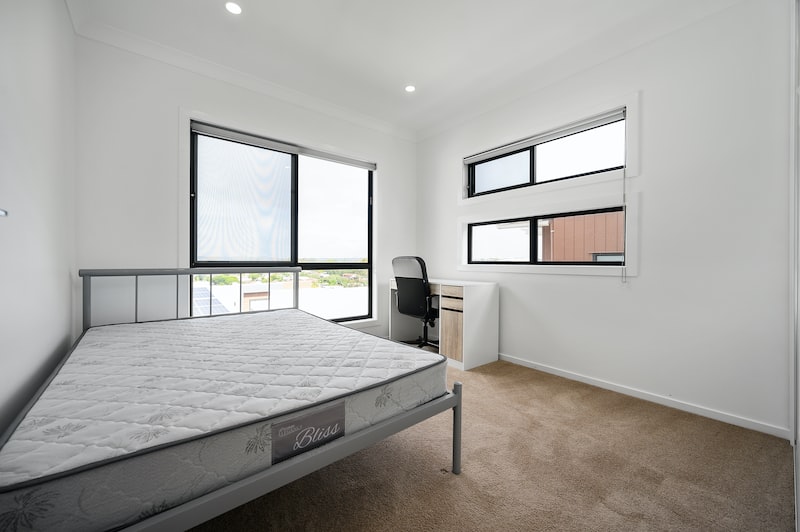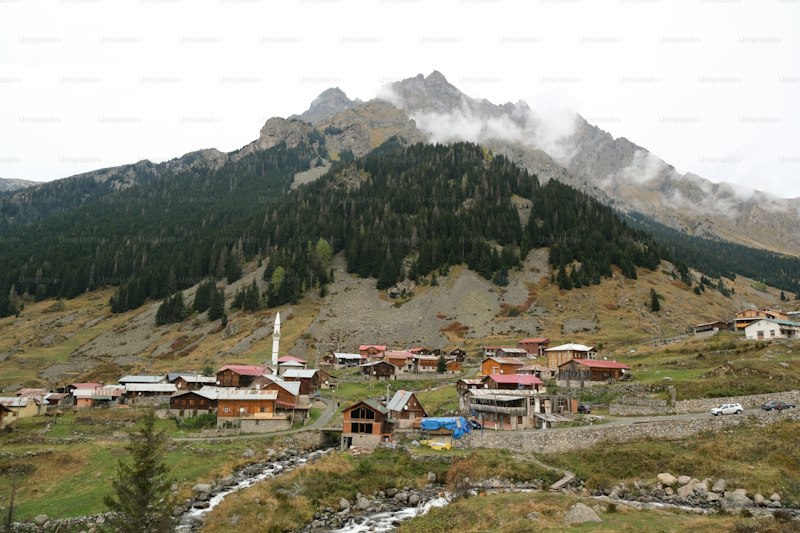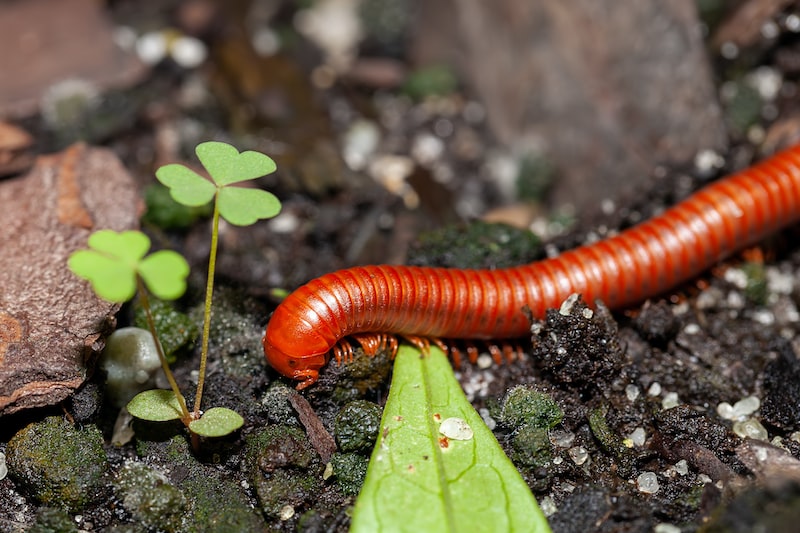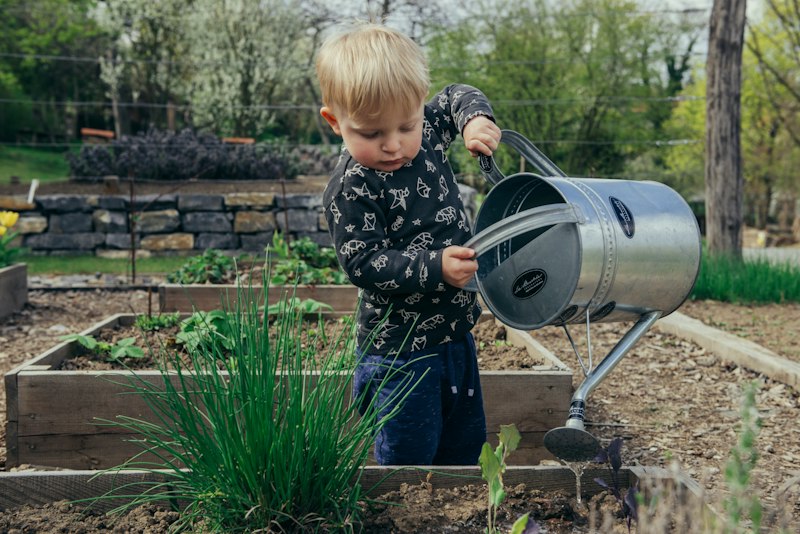Table of Contents
Are you looking to enhance the exterior of your home with a touch of rustic charm? Board and batten siding might be just what you need! This traditional style of cladding has been around for centuries, adding character and visual interest to countless homes. In this article, we will delve into the world of board and batten siding, specifically focusing on the different types of wood used in its construction.
One popular choice for board and batten siding is cedar. Known for its natural beauty and durability, cedar offers excellent resistance to rot, decay, and insect infestation. It also boasts dimensional stability, meaning it won’t warp or shrink as much as other wood species. With its warm reddish-brown hues and distinctive grain patterns, cedar can create a stunning visual impact that ages gracefully over time.
Another type of wood commonly used for board and batten siding is cypress. Cypress possesses exceptional durability and is naturally resistant to rot, decay, and insects. Its light yellowish-brown color gives off a subtle, elegant look that blends well with various architectural styles. Like cedar, cypress is prized for its dimensional stability, making it an excellent choice for regions with fluctuating weather conditions.
For those seeking a more cost-effective option, pine wood is worth considering. Pine is readily available and affordable, making it a popular choice among homeowners. While not as naturally resistant to decay and insects as cedar or cypress, pine can still be treated to enhance its durability. It offers a versatile canvas for staining or painting, allowing homeowners to customize their board and batten siding’s appearance to suit their preferences.
when it comes to board and batten siding, the type of wood you choose plays a significant role in both aesthetics and longevity. Cedar, with its timeless beauty, cypress, with its durability, and pine, with its affordability, each offer distinct advantages. Consider your budget, desired maintenance level, and the overall look you want to achieve for your home. With the right wood selection, you can transform your house into a captivating masterpiece that stands the test of time.
Uncovering the Timeless Charm of Board and Batten Siding: A Comparative Analysis of Various Wood Types
Are you looking
to add a touch of timeless charm to your home’s exterior? Look no further than board and batten siding. This classic siding style has been around for centuries, and its enduring appeal continues to captivate homeowners. In this article, we will take a closer look at the beauty and versatility of board and batten siding, exploring various wood types commonly used in its construction.Board and batten siding is characterized by its alternating wide boards (known as “boards”) and narrow strips (known as “battens”). It creates a visually striking pattern that adds depth and texture to any home. Beyond its aesthetic appeal, board and batten siding also offers functional benefits. The overlapping design provides an extra layer of protection against the elements, ensuring durability and longevity.
When it comes to choosing the right wood type for your board and batten siding, several options are available. Cedar, redwood, and pine are among the most popular choices. Each wood type brings its characteristics and unique qualities to the table.
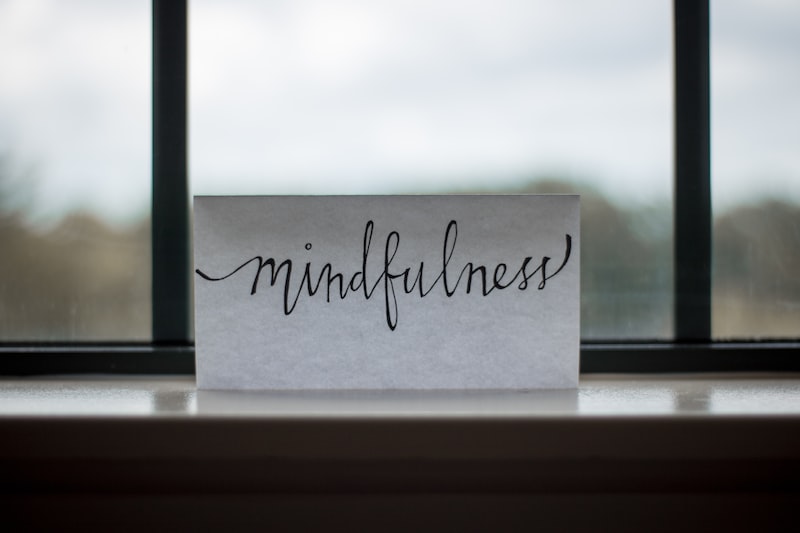
Cedar is a top contender due to its natural resistance to decay and insect infestation. Its rich, warm tones and beautiful grain patterns make it a favorite among homeowners seeking a rustic or traditional look. Redwood, another popular choice, boasts exceptional durability and stability. Its striking reddish-brown hue adds elegance and sophistication to any home exterior.
For those on a budget, pine can be an excellent option. It offers affordability without compromising on aesthetics or performance. Pine can be stained or painted to achieve the desired look and provides a natural, inviting feel to your home.
board and batten siding is a timelessly charming choice for enhancing the exterior of your home. With its distinctive design and a range of wood types to choose from, you can achieve a look that suits your personal style and complements your home’s architecture. Whether you prefer the natural beauty of cedar, the elegance of redwood, or the affordability of pine, board and batten siding is a versatile option that will elevate your home’s curb appeal for years to come.
From Cedar to Redwood: Which Wood Species Reigns Supreme in Board and Batten Siding?
When it comes to board and batten siding, choosing the right wood species is crucial. Two popular options that often steal the spotlight are cedar and redwood. But which one truly reigns supreme in this realm? Let’s delve into the characteristics of both woods to find out.

Cedar, known for its natural beauty and durability, has been a go-to choice for centuries. Its warm, reddish-brown hue adds a touch of elegance to any home exterior. Cedar is highly resistant to decay, rot, and insect damage, making it an excellent long-term investment. This wood is also renowned for its dimensional stability, meaning it won’t shrink or warp significantly over time. With proper maintenance, cedar can withstand harsh weather conditions and retain its charm for decades.
On the other hand, we have redwood, a wood species revered for its rich color tones and exceptional strength. Redwood boasts a stunning range of hues, from pale pink to deep reddish-brown. This wood’s natural pigmentation allows it to age gracefully and develop a distinguished patina over time. Additionally, redwood possesses inherent qualities that make it resistant to decay and insect infestation. Its tight grain structure ensures minimal shrinking and warping, ensuring a stable and durable siding option.
So, which wood species takes the crown? Well, it ultimately depends on your specific needs and preferences. Both cedar and redwood offer remarkable qualities that make them suitable for board and batten siding. You might consider cedar if you value its timeless beauty, exceptional durability, and affordability. On the other hand, redwood might be the ideal choice if you desire a distinct color palette, enhanced strength, and a higher price point.
whether you opt for cedar or redwood, rest assured that you’ll be investing in a superior wood species for your board and batten siding project. Each wood brings its own unique attributes to the table, guaranteeing a stunning and long-lasting exterior for your home. Now, the decision is yours to make – which wood will reign supreme on your house?
The Battle of the Boards: Examining the Pros and Cons of Different Wood Types for Board and Batten Siding
When it comes to choosing the right wood for board and batten siding, you’ll find yourself faced with a battle of options. Each wood type has its own set of pros and cons, making the decision a tough one. But fear not! We’re here to help you navigate through the battleground of choices and make an informed decision. So let’s delve into the details and examine the pros and cons of different wood types for board and batten siding.
One popular wood choice for board and batten siding is cedar. Known for its natural beauty and durability, cedar offers a timeless appeal to any home. Its resistance to decay and insect damage is a definite advantage. Additionally, cedar boards are easily customizable and can be stained or painted to match your desired aesthetic. However, cedar does come with a higher price tag compared to other wood options, which might be a deterrent for some homeowners.
Another contender in the battle is redwood. Like cedar, redwood boasts exceptional durability and insect resistance. It also has natural oils that act as preservatives, enhancing its longevity. In terms of appearance, redwood showcases rich hues ranging from reddish-brown to light pink, lending a distinctive charm to your home’s exterior. However, like cedar, redwood can be quite expensive, making it less budget-friendly for some.

If affordability is a top priority, pine might be the wood type for you. Pine is widely available and relatively inexpensive compared to cedar and redwood. It can be easily treated and stained to achieve the desired look. However, pine is susceptible to rot and decay if not properly maintained. Regular sealing and painting are essential to protect the wood from moisture and extend its lifespan.
Lastly, we have fir, a strong and durable wood option for board and batten siding. Fir provides excellent stability and dimensional strength, making it a reliable choice. It is often more affordable than cedar and redwood while offering comparable durability. However, like other softwoods, fir requires regular maintenance to prevent decay and insect damage.

In this battle of the boards, each wood type has its own strengths and weaknesses. Consider your budget, desired aesthetic, and willingness to maintain the wood when making your decision. Whether you choose the natural beauty of cedar, the durability of redwood, the affordability of pine, or the strength of fir, your board and batten siding will surely enhance the curb appeal of your home.
Board and Batten Showdown: Exploring the Durability and Maintenance Needs of Various Wood Species
When it comes to board and batten siding, the durability and maintenance needs of different wood species can play a significant role in your decision-making process. In this showdown of wood species, we’ll explore their unique characteristics, so you can make an informed choice for your home.
One contender in our board and batten showdown is cedar. Known for its natural beauty and resistance to rot and insects, cedar is a popular choice among homeowners. Its natural oils act as a preservative, making it highly durable even in harsh weather conditions. Additionally, cedar requires minimal maintenance, with occasional staining or sealing to enhance its longevity. With its rich color variations and distinct grain patterns, cedar adds an exquisite touch to any home exterior.
Next up is redwood, another formidable competitor. Redwood is renowned for its exceptional durability, thanks to its high tannin content that naturally repels insects and fungi. This makes redwood resistant to decay and rot, ensuring a long lifespan for your board and batten siding. Like cedar, redwood also requires periodic maintenance in the form of staining or sealing to preserve its vibrant appearance. With its reddish hues and elegant texture, redwood creates a timeless and sophisticated look for your home.
Moving on to cypress, a wood species known for its incredible strength and resilience. Cypress possesses natural oils that protect it from decay, insects, and harsh weather conditions. This inherent resistance to damage makes cypress an excellent choice for board and batten siding. Compared to cedar and redwood, cypress has a lighter color tone, ranging from creamy white to light brown, offering a unique aesthetic appeal to your home’s exterior. Maintenance-wise, regular staining or sealing will help maintain its durability and natural beauty.
In this board and batten showdown, each wood species brings its own strengths and beauty to the table. Cedar offers natural beauty combined with rot and insect resistance. Redwood impresses with its durability and timeless elegance. Cypress stands strong with its remarkable resilience and unique color tones. With these insights, you can confidently explore the durability and maintenance needs of various wood species and choose the perfect option for your board and batten siding project.


